attributed to Jean Baptiste Le Prince (1734 - 1781)
Interior of a barn, c. 1758
30.8 x 23.6 cm
pencil and black wash
framing lines in pencil
tiny pinholes at the corners
watermark with crowned fleur-de-lis coat of arms, Dutch factory "C&I Honig" (date of manufacture 1741- 1822)
Slight foxing, in the center, on the left, which should be able to be restored without difficulty
Framed under glass, frame as is
Dimensions with frame: 43.5 x 36.5 cm
* * *
A typical drawing of the French school of the 18th century, with just the right amount of virtuosity to hold these everyday tools of peasant life in a balance that is both astonishing and sophisticated. This aesthetic sensitivity, this confrontation with reality with such a subtle composition evokes both the charm of the Dutch Golden Age as well as the search for refinement, crucial in the evolution of French art of the 18th century.
Indeed, if there is an influence in this drawing from the Dutch masters, particularly the Van Ostade brothers (certain sheets preserved at the Louvre as well as at the Fitzwilliam), but also Herman Saftleven or Cornelis Decker, however, the manner of this drawing as well as the watermark on the paper make it possible to specify a dating in the middle of the 18th century.
After reviewing the graphic works of some of the artists that would immediately come to mind, including Johan Georg Wille, Jean-Baptiste Huet and obviously François Boucher, it emerges that comparisons with drawings and the engravings of Jean-Baptiste Le Prince are the most convincing.
The comparisons presented in the photo gallery come from drawings and engravings by Leprince and allow us to understand his sensitivity to detail, his taste for genre scenes and for the evocation of life in the countryside. By looking closely at the graphic treatment of these everyday objects, the composition, the layout of his genre scenes, but also the foliage of the trees, the framework of the interiors, many similarities emerge.
This drawing of the interior of a barn is of a sure hand, of beautiful ambition, with just the right amount of surprise, in this accumulation of objects and this fragile balance, so that it can be given to a serious 18th century French draughtsman. Jean-Baptiste Le Prince, a student of François Boucher in Paris, traveled to Holland around 1758, he then returned, punctually, to his master's workshop, before leaving for his first major trip to Russia. This year 1758 could thus be a possible date for this drawing which does not seem particularly Russian-inspired, for example.
Despite the absence of signature, the spirit of this drawing, its ambition, its attention to detail, are qualities which allow us to attribute this sheet to this fine artist, perhaps in his early years.































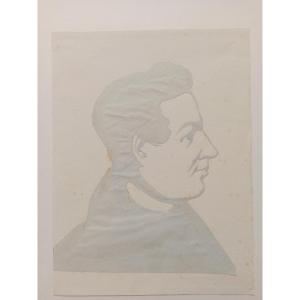
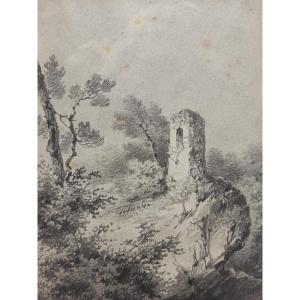
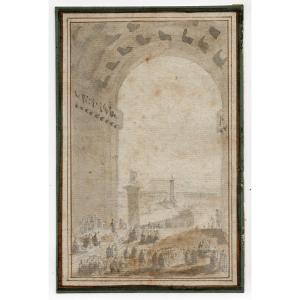

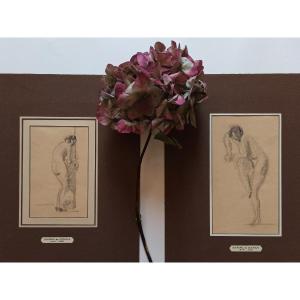
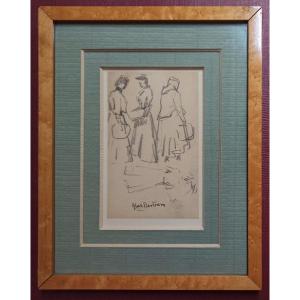
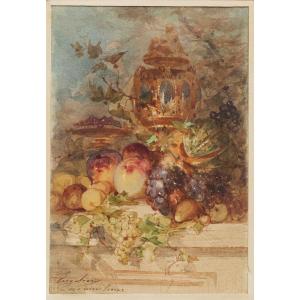

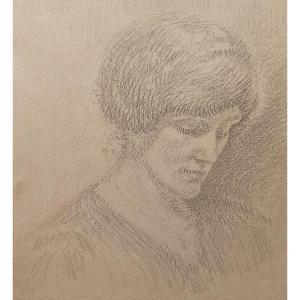
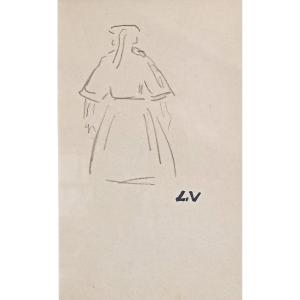


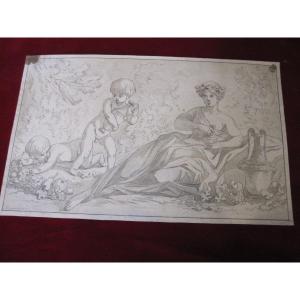





 Le Magazine de PROANTIC
Le Magazine de PROANTIC TRÉSORS Magazine
TRÉSORS Magazine Rivista Artiquariato
Rivista Artiquariato